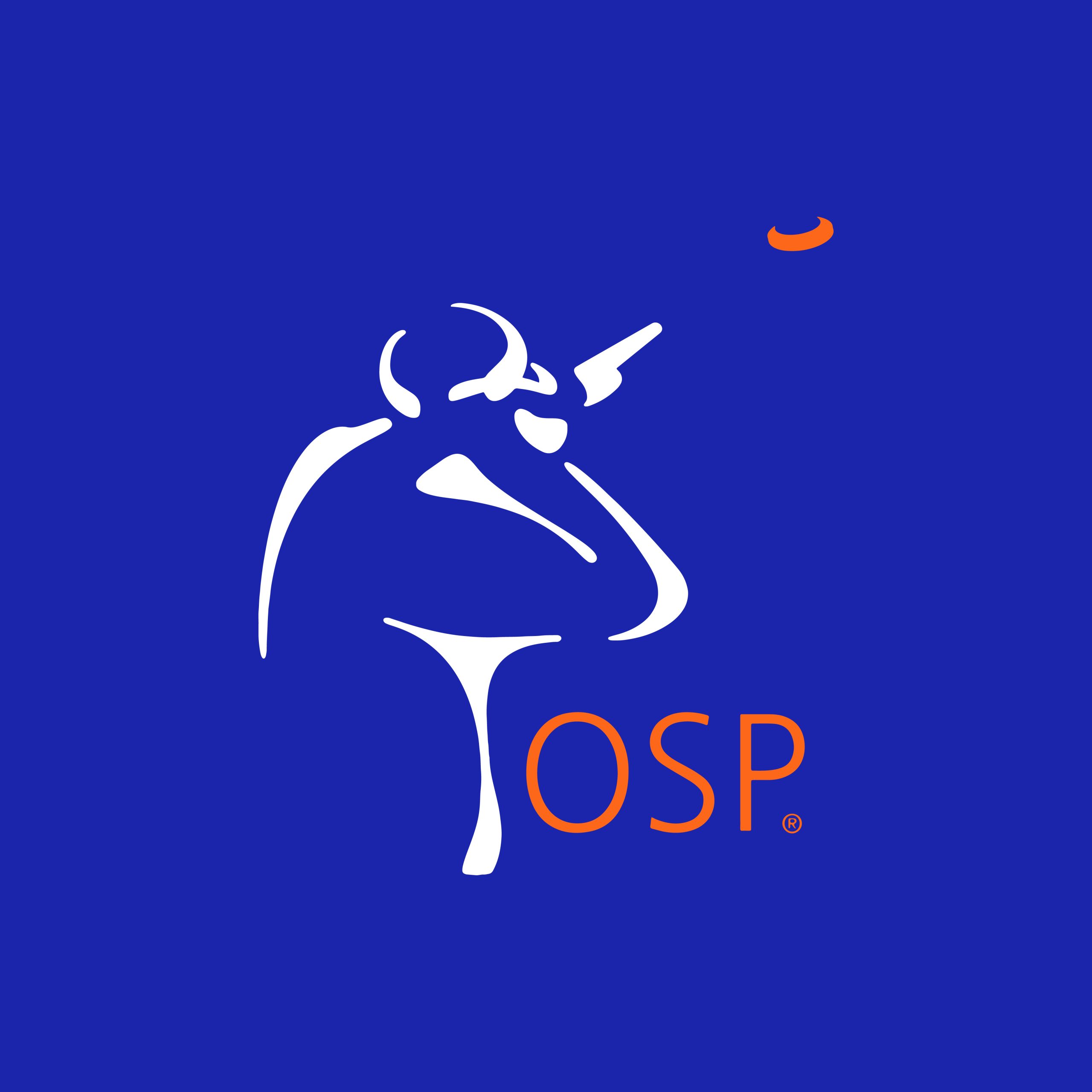Cue, Response, Reward
Habits are built this way: cue, response, and reward. The cue is a trigger for the automatic response to start. The response is the behavior itself, and the reward tells our brain whether we should store this habit for future use or not.
Toothpaste is a good example. When no one brushed their teeth, the inventor of toothpaste thought he could make a killing. Just getting rid of the film on our teeth was not enough. The idea was so that people could get rid of the film. “Pepsodent gives you a beautiful smile.” Cue, response, reward. People started to brush their teeth for the beautiful smile.
This gets back to how habits work. The reason these cues and rewards are so important is that over time people begin craving the reward whenever they see the cue. And that craving makes a habit occur automatically.
It’s automaticity to the nth degree. Creating a keystone habit is changing a particularly significant behavior.
One of the characteristics of a keystone habit is that it creates a culture. That’s why it pays to have such a profound influence on other patterns in our lives.
We live 90 percent of our lives in our habits. You’re creating the right kind of habits so that on game day you can be who you are. And it’s because you have become who you are to create the right habits.
We just help nudge you along and let you know which habit might need to be changed and why. Once you begin to change your habits, the world seems to be a much better place around you and different things happen in your lives. And it’s not because of us. It’s because of you.
This is an excerpt from the September 2013 Coaching Hour podcast. You can listen to it and read a written transcript, along with more than 20 years of archived episodes with your Knowledge Vault membership.




